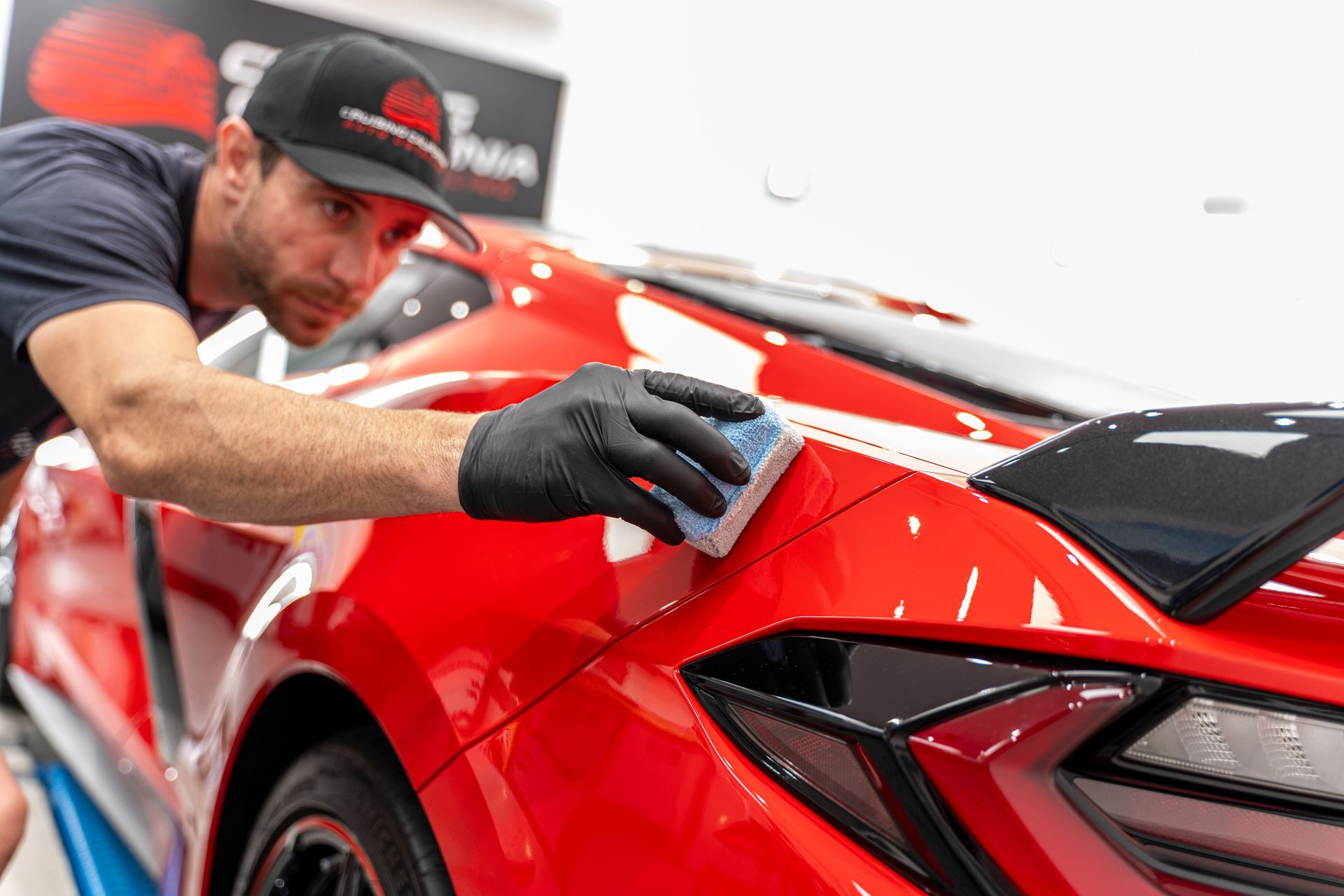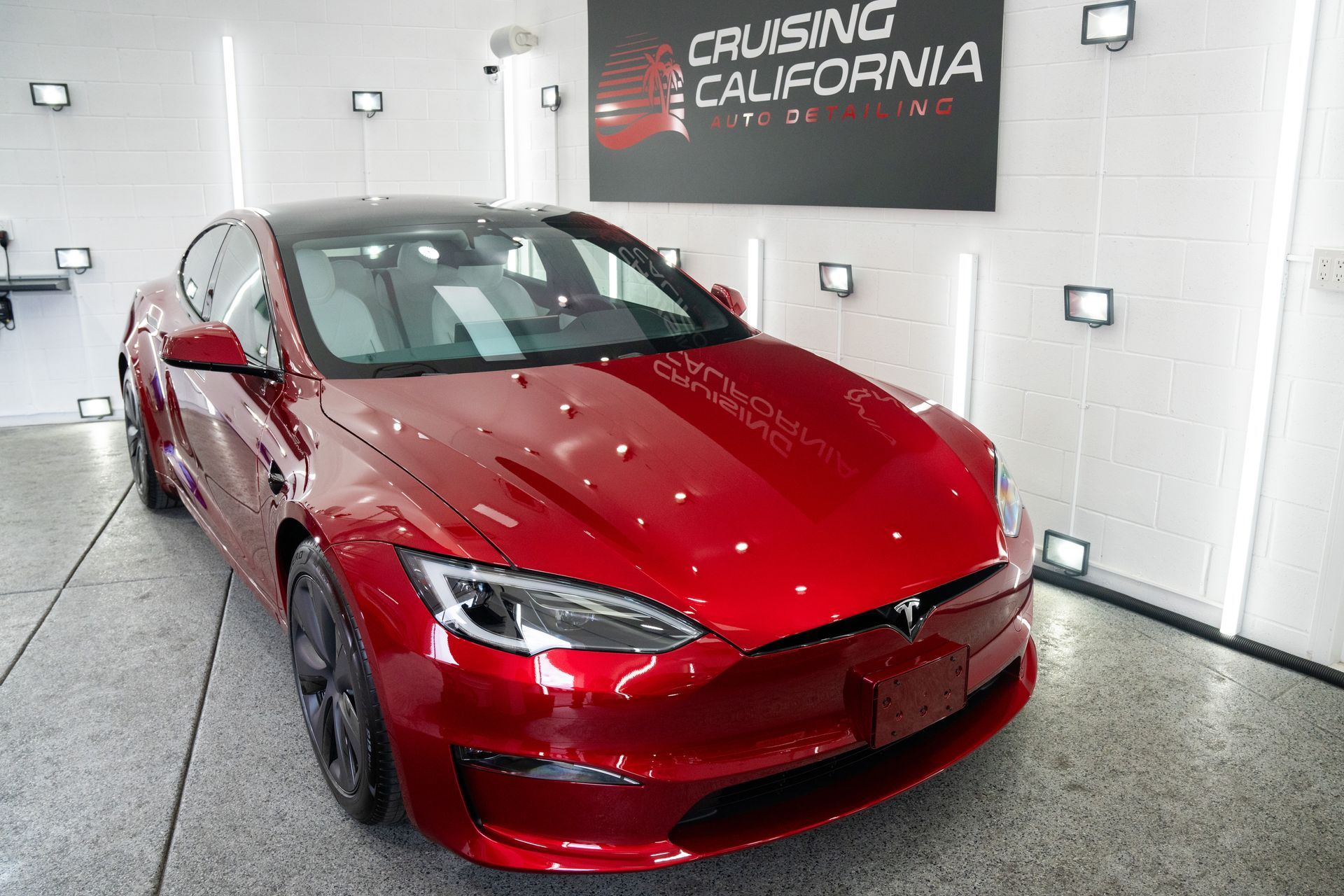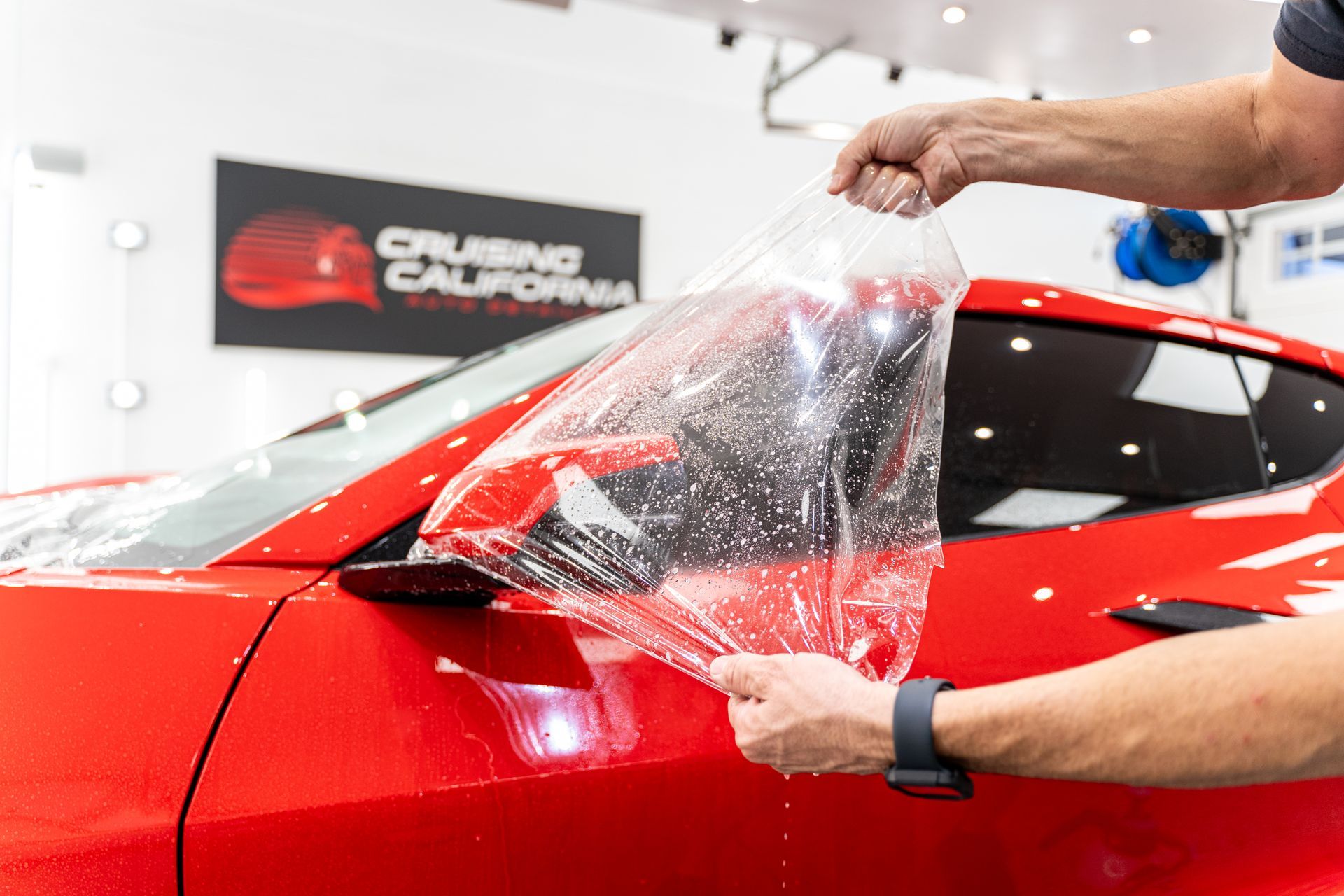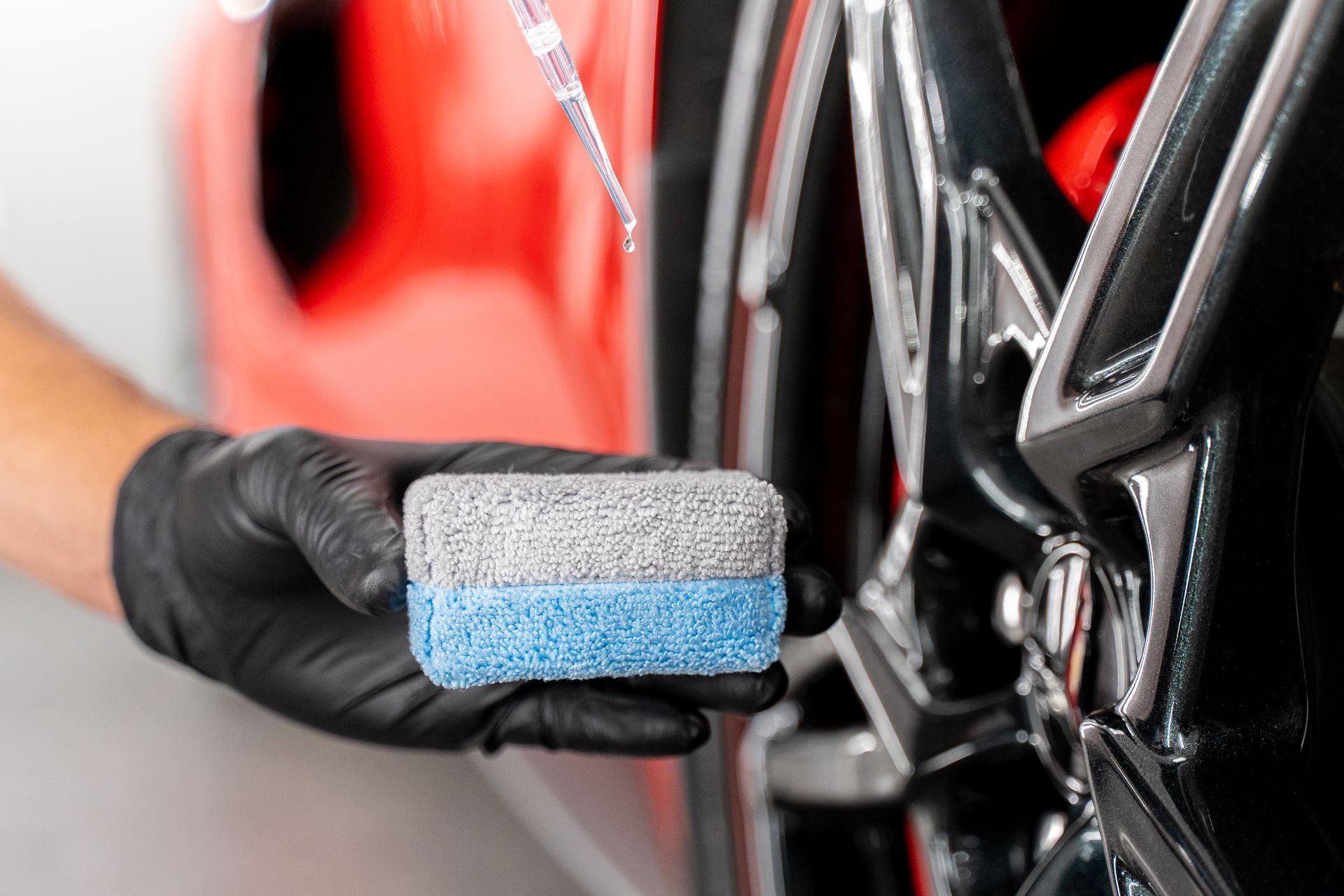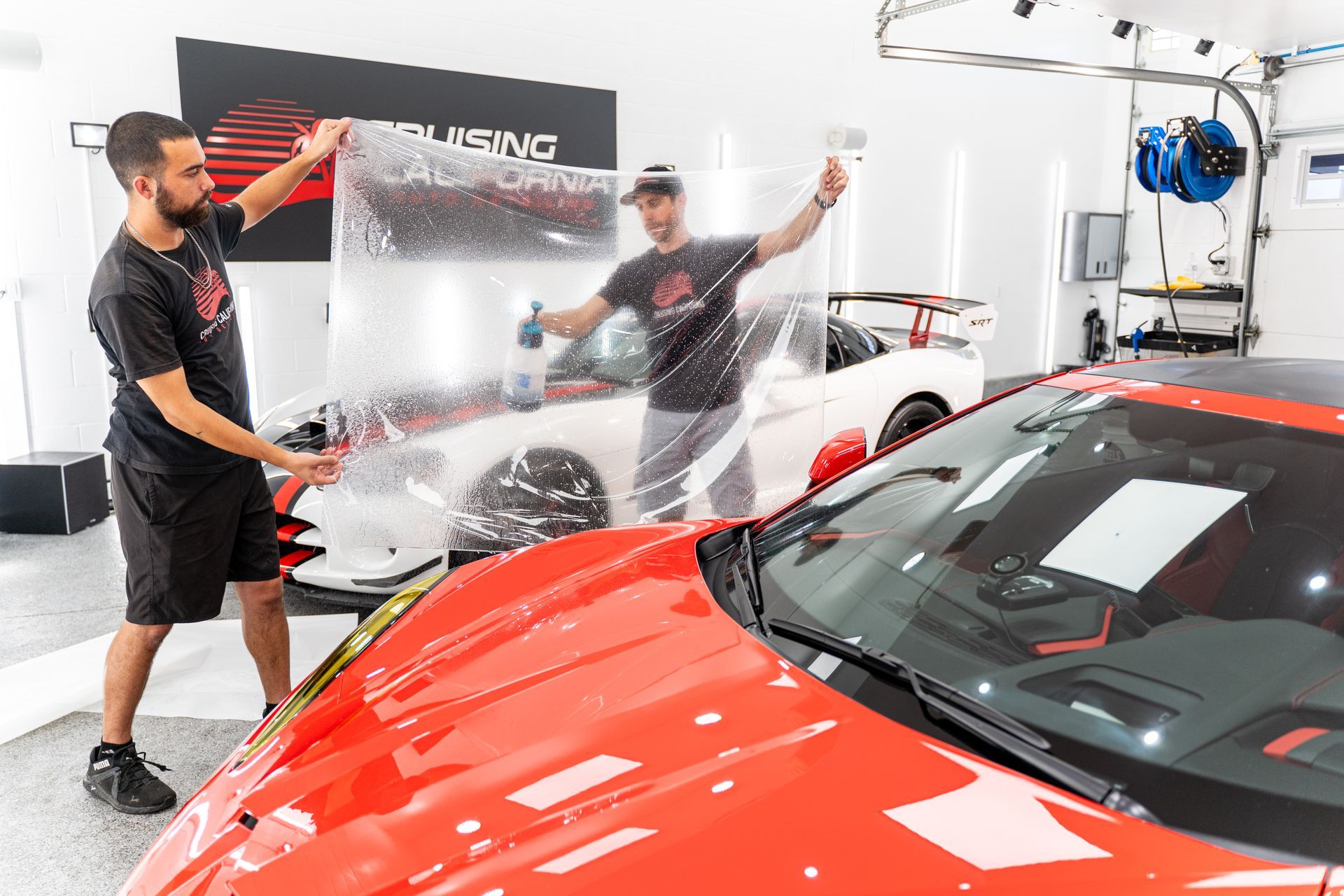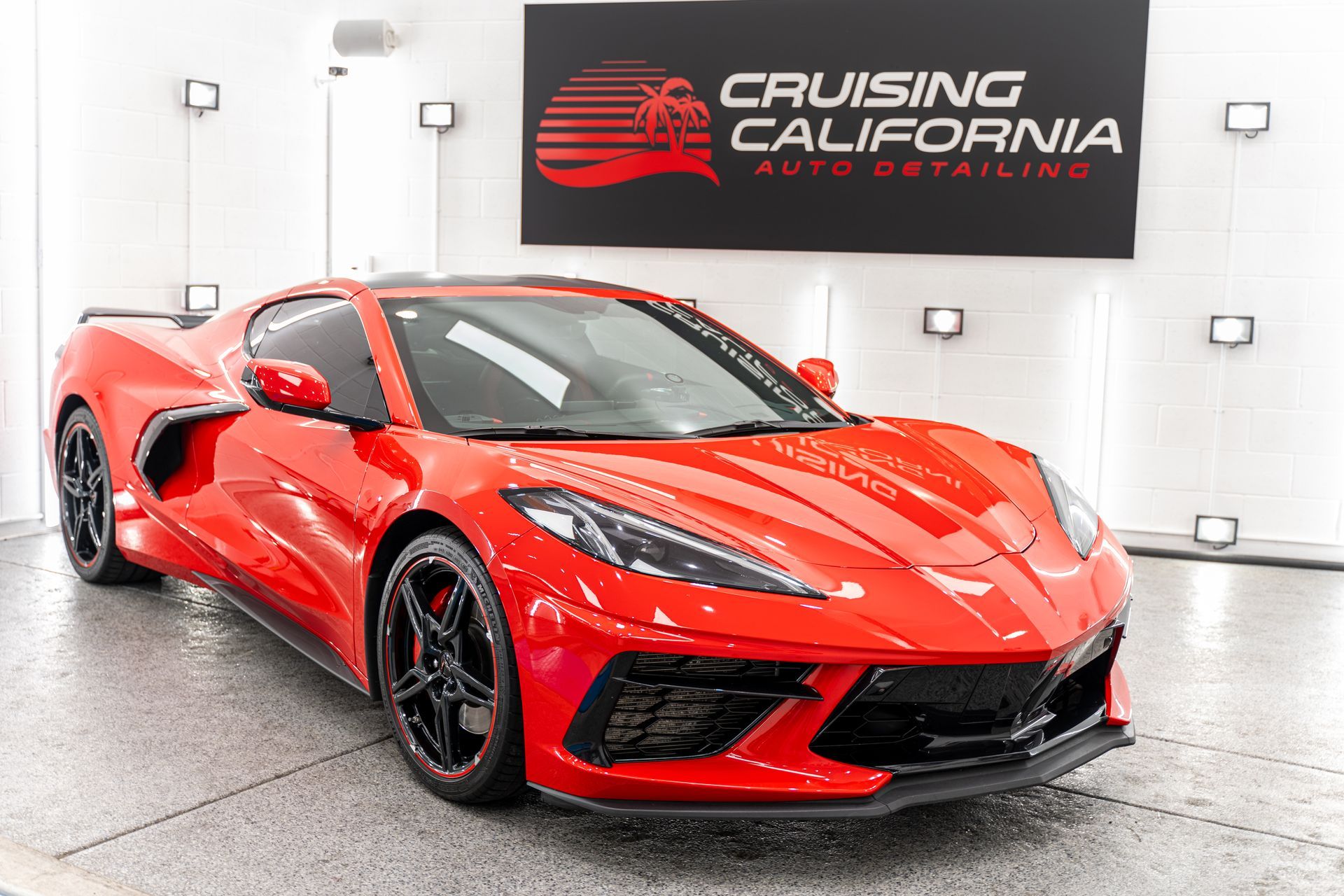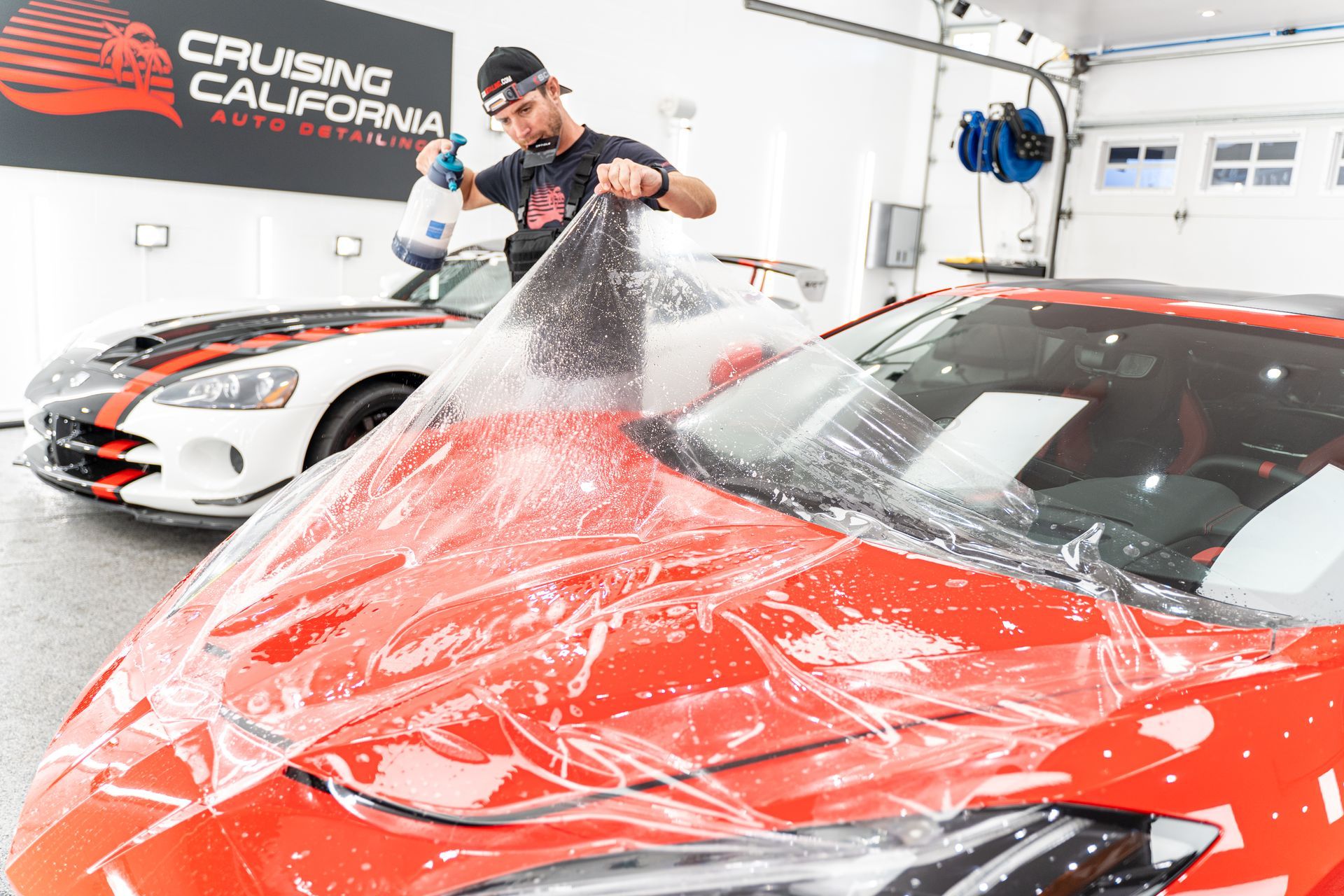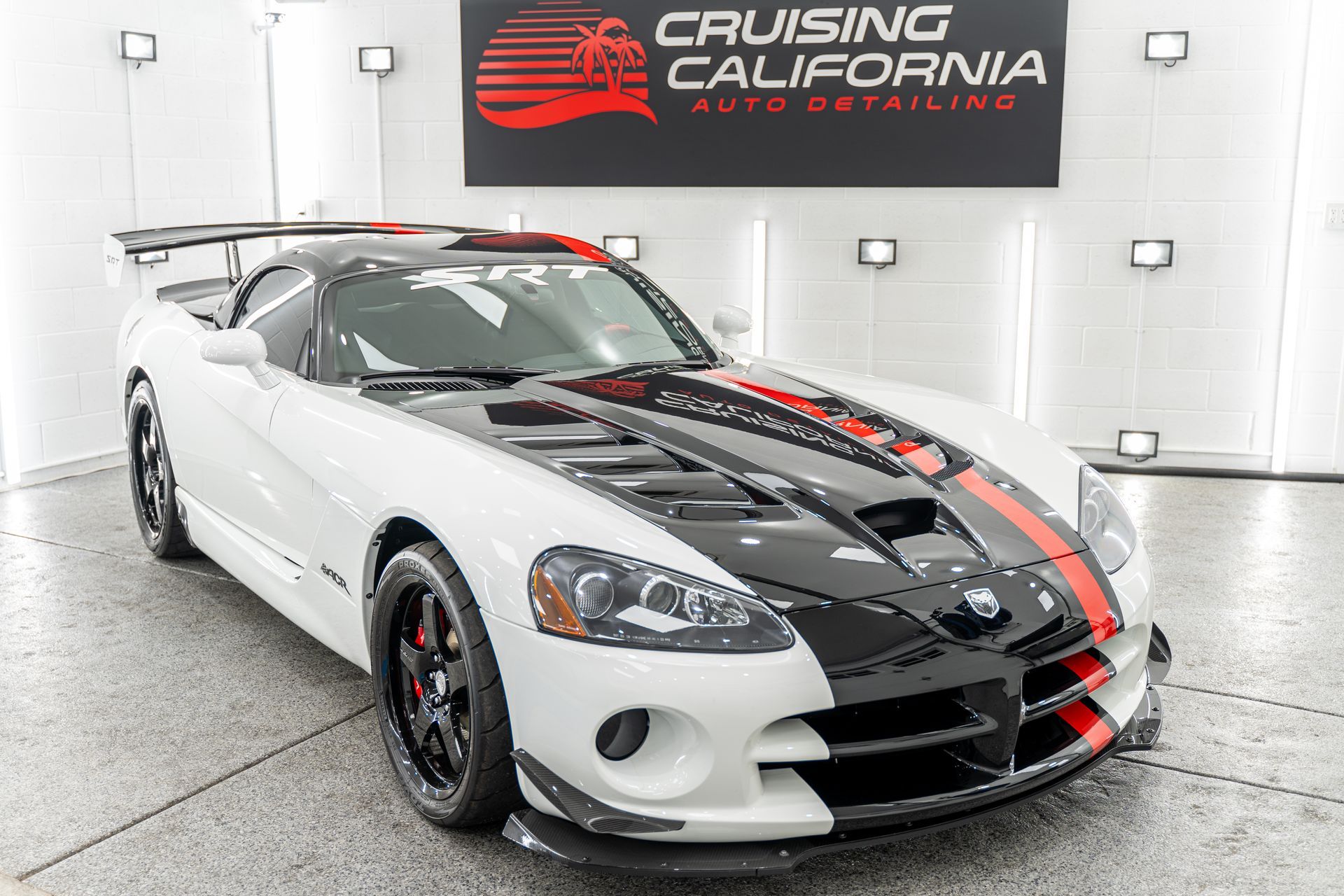When it comes to protecting your vehicle, ceramic coatings have become a go-to solution for many car owners looking to preserve their investment. But the beauty of a shiny, well-protected car is only as good as the application that gets it there. Understanding how professional ceramic coating experts manage the curing process is crucial—after all, it’s not just about what you apply but how you apply it. From meticulous cleaning to optimal curing conditions, each step plays a significant role in achieving that captivating finish we all desire.
Managing the curing process of professional ceramic coatings involves several key steps, including ensuring proper surface preparation, applying the coating evenly, and allowing adequate time for curing under optimal temperature and humidity conditions. It's essential to follow the manufacturer's guidelines closely to achieve maximum durability and performance of the ceramic coating.
Expertise of Professional Ceramic Coating Experts
The expertise of professional ceramic coating experts is crucial for achieving consistent and reliable results. These specialists possess a profound understanding of the chemical compositions involved in ceramic coatings. For those less familiar with the industry, ceramic coatings are advanced protective layers derived primarily from silicon dioxide (SiO2) or titanium dioxide (TiO2), each offering unique properties. Professionals deeply understand how these materials interact with various vehicle finishes, ensuring optimal adhesion, durability, and resistance to environmental contaminants.
When you hire an expert in ceramic coating, you’re investing in years of accumulated knowledge. Many professionals undergo extensive training and certifications, which helps them hone their skills over time. This background enables them to handle challenging situations effectively, such as varying environmental conditions and different surface materials. An inexperienced applicant might overlook critical factors like surface preparation or cure time, leading to subpar results.
A true professional will conduct thorough inspections before any application begins, highlighting the importance of proper preparation. In addition to having technical knowledge about various coatings, these experts also excel at meticulously preparing surfaces. Surface preparation is often considered the most critical step in the ceramic coating process. A clean and properly prepped surface leads to better adhesion, preventing issues like peeling or bubbling down the line. Professionals will employ specific cleaning solutions and techniques to eliminate grime, old wax residues, and contaminants before applying any ceramic layer.
Preparation: Ensuring a Smooth Surface
Preparation is the backbone of any successful ceramic coating application. It’s not just about slapping on a protective layer; it’s about laying down the groundwork for an impeccable bond between the car's surface and the coating itself. Initially, experts start by meticulously cleaning the surface using a pH-neutral shampoo. This step is crucial because using anything too abrasive can damage the finish instead of protecting it. The pH-neutral formula effectively breaks down dust, dirt, and even stubborn oil stains without introducing harmful chemicals that could compromise the paint.
After this initial wash, professionals employ a clay bar treatment to tackle embedded contaminants. Think of this as a deep-cleaning process for your vehicle's exterior—while washing removes most grime, a clay bar can capture microscopic particles that regular washing leaves behind. When gliding the clay bar over the surface, it picks up bonded contaminants like tree sap, industrial fallout, or even stubborn bug remains that have settled onto the paint. This meticulous step is vital because it guarantees that no lingering debris interferes with the ceramic coating's application.
Inspecting for Imperfections
Once thorough cleaning and decontamination are complete, the next phase involves scrutiny under high-intensity lighting. Professionals check for imperfections such as scratches or swirl marks that may be invisible under normal lighting conditions but would show through after a ceramic coating is applied. Identifying these imperfections early allows technicians to address them appropriately with careful paint correction techniques. Common methods in paint correction include:
- Polishing: Using specialized compounds paired with polishing pads to refine and restore clarity.
- Cutting: A more intensive approach where layers of clear coat are gently removed to eliminate deeper scratches.
- Finishing: A light polish to bring back gloss after correcting imperfections.
This absolutely exhaustive preparatory work is more than just cosmetic; it ensures optimal adhesion of the ceramic coating to the vehicle's surface, enhancing its protective qualities. By investing time in these steps, you guarantee not only immediate aesthetic improvements but also long-term benefits such as resistance to oxidation and environmental damage. With the surface meticulously prepared and inspected, experts stand poised to apply the coating, setting the stage for unparalleled protection and durability for your vehicle's finish.
Effective Application Techniques
The effectiveness of your ceramic coating depends largely on proper application techniques. Each step, from applying the coating evenly to optimizing curing conditions, plays a crucial role in achieving long-lasting protection and a flawless finish. Below are the key techniques to elevate your ceramic coating application.
- Ensure Even Application: Achieving an even coat is essential for a uniform protective layer. Start by applying a small amount of ceramic coating to an applicator pad. Use a cross-hatch pattern instead of simple back-and-forth strokes to cover the surface thoroughly and avoid thin spots that compromise the coating's durability.
- Maintain Consistent Pressure and Speed: Consistency in pressure and speed prevents high spots or streaks. Treat the process like painting a wall—uneven pressure results in visible patches. Adjusting speed and pressure may seem minor but can significantly improve the final appearance and effectiveness of the coating.
- Utilize Infrared Lights for Optimal Curing: Infrared lights expedite the curing process while allowing for precise inspection of the surface. This technology ensures no drips or sags in the ceramic coating, while the heat enhances adhesion, minimizing imperfections and ensuring a strong bond to the vehicle's surface.
By following these techniques, you can create ideal conditions for your ceramic coating project, ensuring professional-level results and long-lasting protection.
Managing the Curing Environment
The temperature of the environment plays a crucial role in how effectively ceramic coatings cure. Ideally, the temperature should be consistent and within a recommended range, typically between 60°F and 80°F (15°C to 27°C). When temperatures drop too low, the curing process can slow significantly, resulting in an improperly cured coating that may not adhere correctly or provide the desired protective qualities. Conversely, excessively high temperatures can lead to rapid drying, resulting in a brittle finish that could crack or chip easily. To achieve these ideal conditions, professional ceramic coating experts take proactive measures to manage their workspace efficiently.
Utilizing Climate Control Solutions
Creating the right environment for curing ceramic coatings is critical to achieving a durable and flawless finish. Professionals use specialized tools and methods to ensure ideal conditions for the curing process. Below are two essential strategies to optimize curing conditions.
- Use Portable Heaters or HVAC Systems: Portable heaters or HVAC systems designed for workshops help maintain stable temperatures during the curing process. For example, in colder months, infrared heaters can be set up around the coated vehicle to provide localized warmth. This prevents cold spots, accelerates curing, and ensures an even and effective finish.
- Monitor Temperature and Humidity Levels: Digital hydrometers and thermometers allow precise monitoring of temperature and humidity. By keeping track of real-time conditions, ceramic coating professionals can make quick adjustments to ensure optimal curing. This ensures that the ceramic coating adheres correctly and achieves maximum durability.
Managing External Influences
Ensuring a clean and controlled environment is essential for successful ceramic coating application and curing. Beyond temperature and humidity, professionals must address external factors that can interfere with the process. Below are key strategies for managing environmental challenges effectively.
- Mitigate Outdoor Air Quality Issues: Dust and particulates from nearby construction or traffic can compromise the curing process by contaminating the coating before it sets. To prevent this, professionals often use dedicated spray booths with advanced filtration systems. These booths maintain a controlled environment, keeping contaminants out and ensuring a flawless finish.
- Adapt to Inclement Weather: Rain or strong winds can interfere with both the application and curing of ceramic coating. Professionals often postpone ceramic coating sessions during poor weather to avoid these challenges. Waiting for ideal conditions minimizes risks and ensures the coating adheres properly and cures evenly.
By addressing these environmental factors, professionals create optimal conditions that support the durability and aesthetic quality of ceramic coatings, setting the stage for further refinements in curing techniques.
Temperature and Weather Control Strategies
The importance of maintaining the right temperature during the curing process cannot be overstated. When ceramic coatings are applied, they undergo a chemical reaction that solidifies and strengthens the coating. If the ambient temperature falls outside the ideal range, typically between 15°C and 25°C (59°F and 77°F), you risk compromising the integrity of the finish. This is why professionals often deploy various strategies to ensure conditions remain optimal during curing.
- Utilizing Heat Lamps: Heat lamps are effective for curing ceramic coatings in colder environments. Strategically placing these specialized lamps ensures a gentle rise in temperature, promoting proper curing and enhancing adhesion without risking heat damage.
- Sheltering the Workspace: Protecting the workspace is crucial for the curing process. Using a garage or dedicated curing room shields the coating from elements like rain or dust while accelerating air circulation, ensuring optimal curing conditions. This is especially important in unpredictable weather climates.
- Maintaining Warmth in Winter: Consistent heating is vital in winter to prevent the curing process from stalling. Professional applicators often use electric heaters with oscillating fans to distribute warm air evenly, reducing cold spots and creating a uniform curing environment.
Consistently implementing temperature control strategies ensures high-quality results. Professionals who manage curing environments effectively improve coating durability and build client trust by delivering long-lasting results.
The Benefits of Professional Ceramic Coating
Professionally applied ceramic coatings provide transformative benefits for your vehicle, offering long-lasting protection, enhanced aesthetics, and effortless maintenance. Below are the key reasons why ceramic coatings are a smart investment for any vehicle owner.
- Enhanced Durability: Ceramic coatings form a semi-permanent bond with your vehicle's paint, creating a resilient shield against wear and tear. This includes protection from UV rays that fade paint and chemical contaminants like bird droppings, tree sap, and industrial fallout. When maintained properly, these coatings can extend your paint's lifespan by up to five years, ensuring long-term preservation of your vehicle's finish.
- Improved Aesthetic Appeal: One of the standout benefits is the stunning gloss and depth ceramic coatings add to your vehicle’s paint. Customers frequently praise the long-lasting shine, noting that their cars look polished for months without additional waxing. The visual upgrade makes your vehicle stand out and exudes a showroom-quality finish.
- Effortless Maintenance: The hydrophobic properties of ceramic coatings make cleaning your vehicle incredibly simple. Water beads off easily, taking dirt and grime with it, reducing the need for intensive scrubbing. Regular maintenance often requires just a quick rinse, saving time and effort while keeping your vehicle looking pristine.
By combining exceptional durability, unparalleled visual enhancements, and simplified upkeep, ceramic coatings offer a complete solution for protecting and beautifying your vehicle. This investment ensures your car retains its value and remains a source of pride for years to come.
Expert Ceramic Coating in El Cajon, CA
Protect your vehicle’s finish with the
outstanding ceramic coating services provided by CCA Detailing & Ceramic Coating | PPF in El Cajon, CA. Our advanced coatings form a durable shield against harsh weather, dirt, and contaminants while enhancing your car’s natural gloss. With meticulous application techniques and premium products, we deliver long-lasting protection and a head-turning shine. Trust our expertise to keep your car looking impeccable—schedule your ceramic coating appointment today! Call us at (619) 916-6157 to get started!


